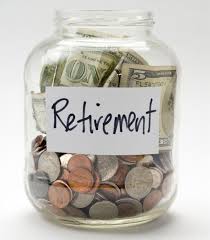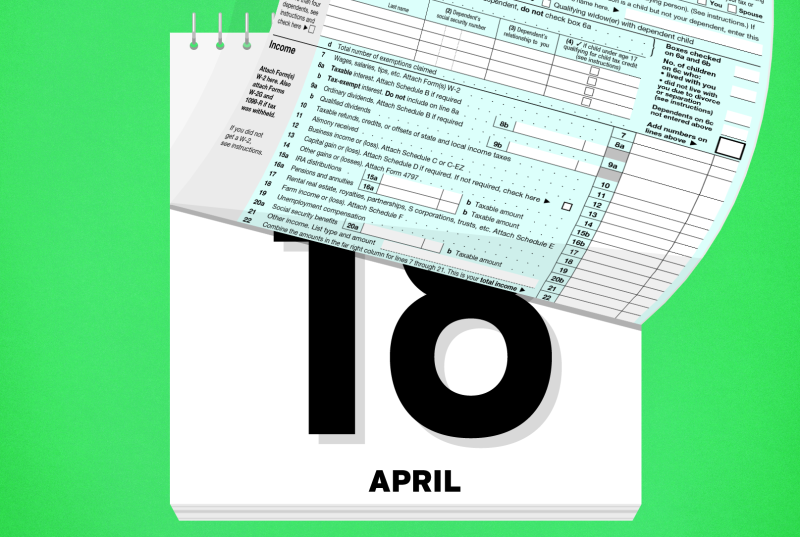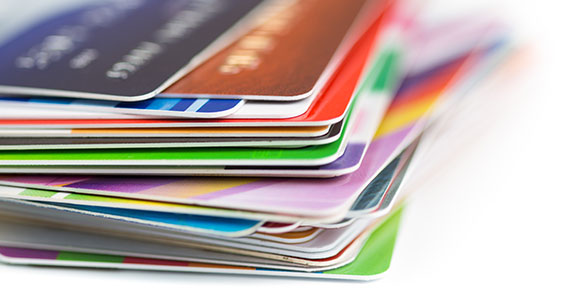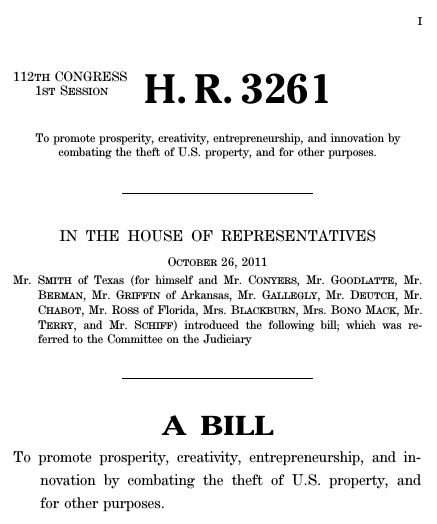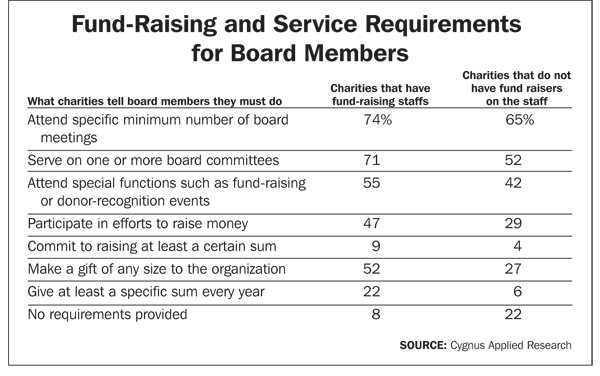(http://twocents.lifehacker.com/)
Maybe you’re busy; maybe you’re just lazy. If you still haven’t filed your taxes, we’re not here to judge. We’re here to help. We’ll start with the good news: you have three extra days to file. The 15th is a holiday in D.C., so this year’s deadline is Monday, April 18th. Here’s a step-by-step guide to get everything together on time.
What Happens If Your Taxes are Late
Procrastinators, beware: filing late could mean you fork over quite a bit of cash. If you owe the IRS money, there’s a penalty for filing late and a penalty for paying late. TurboTax sums them up:
A late filing penalty applies if you owe taxes and didn’t file your return or extension by April 18, 2016.
This penalty also applies if you owe taxes, filed an extension, but don’t file your return by October 17, 2016.
The late filing penalty is 5% of the additional taxes owed amount for every month (or fraction thereof) your return is late, up to a maximum of 25%.
If you file more than 60 days after the due date, the minimum penalty is $135 or 100% of your unpaid tax, whichever is smaller.
Tip: The late filing penalty can be 10 times higher than the late payment penalty. If you can’t pay your tax bill and didn’t file an extension, at least file your return as soon as possible! You can always amend it later.
A late payment penalty applies if you didn’t pay additional taxes owed by April 18, 2016, whether you filed an extension or not.
The late payment penalty is 0.5% (1/2 of 1 percent) of the additional tax owed amount for every month (or fraction thereof) the owed tax remains unpaid, up to a maximum of 25%.
For any month(s) in which both the late-payment and late-filing penalties apply, the 0.5% late-payment penalty is waived.
The IRS offers a full list of all of their late filing penalties, but the gist of it is: if you owe them money this year and you don’t pay by April 18th, they’ll charge you.
On the other hand, if they owe you a refund, the IRS really doesn’t care when you file. In fact, you have three years to file and still get your money. After that, your forfeit your refund and it becomes property of the U.S. Treasury. In fact, the IRS recently announced they have $1 billion in unclaimed refunds, so if you haven’t filed in the past three years, you might want to get on it. However, the bottom line is: there’s no penalty for filing late if the IRS owes you money. (The only penalty is knowing you overpaid your taxes, but that’s on you).
Step 1: Decide Whether or Not to File an Extension
Yes, the IRS will give you more time to file, but there’s a huge caveat: you still have to pay your taxes on Tax Day, even if you’re granted an extension. If you don’t, you’re on the hook for that late payment penalty. Generally, an extension is only a good idea if you have a lot of paperwork to go through and not much time to get your taxes done correctly. You’ll get six more months to file without being penalized.
Is It a Bad Idea to Get an Extension on My Taxes?
You can file for an extension online with IRS Form 4868 at Free File or you can download it from the IRS website. You have to submit your request by the tax deadline, and once you do, the form will walk you through the process of paying any taxes you owe. (You can estimate how much you owe with the help of a Profit and Loss form from the IRS. This calculator will give you a rough estimate, too.)
Don’t try to get one over on the IRS, either. If you owe $7,000 and you “estimate” that you owe a hundred bucks, the IRS can disallow your extension and charge you a fee for filing late. For that reason, it’s probably best to err on the side of overpaying. Of course, if you underestimate, you’ll also have to pay the full amount when you actually file. The IRS says you have to pay at least 90% of the taxes you owe by the deadline.
Again, if you expect to get a refund, you don’t have much to worry about. If you’re getting money back, the IRS doesn’t care when you file, so you don’t need an extension. You should be 100% sure you’re getting a refund, though, or else you’ll rack up a huge tax bill.
Most states accept your federal extension, meaning you don’t have to file a separate one for your state taxes. However, look up the specific rules for your state here, because they may vary.
Step 2: Figure Out How You’ll Pay
If you have the cash on hand to pay your taxes on the 18th, you’ll submit it when you file your taxes (or your extension) on the 18th. If you don’t have the money to pay, you have a few options.
A payment extension: With IRS Form 1127, you can apply for an extension of payment for up to 12 months if you qualify due to financial hardship. You’ll still have to pay interest, but the late payment penalty will be waived. The IRS details all the rules here.
A Temporary Delay in Collections: With this option, the IRS agrees to postpone your bill if you have financial difficulty. You can apply using a Collection Information Statement (Form 433-F, Form 433-A or Form 433-B). You’ll have to provide proof of your financial status, and you’ll still have to pay interest and late payment penalties.
An Offer in Compromise: In some rare cases, the IRS will settle with you for a smaller amount. It’s called an Offer in Compromise. However, there’s a hefty processing fee ($186) for even applying and you’ll also have to fork over a bunch of paperwork, which can be overwhelming if you’re already short on time. The IRS has a pre-qualifier tool, though, so it may be worth seeing if this an option.
A short-term payment plan: You can set up a payment plan with the IRS here. With a short-term payment plan, you have 120 days to pay. They won’t charge you a fee for this, but you will pay interest and a late payment penalties. Since you’re on a payoff plan, though, the penalties and interest you owe are reduced.
A monthly payment plan or installments: If you need more than 120 days, you can set up a repayment agreement with the IRS, and that comes with processing fees. If you pay monthly, they’ll charge you a fee of $52 to debit your account ($43 for low-income taxpayers). If you have a standard agreement or payroll deduction plan, you’re charged $105. You still have to pay interest and penalties, too.
The IRS details their payment options in full here. With some options, the application process is immediate if you apply online, but you’ll want to check the details to be sure. If your application is rejected and it’s past the tax deadline, your penalties and interest will start accruing.
The IRS also offers some payment relief for military members and residents in areas affected by disaster in 2015.
Step 3: Decide Whether to Find a Pro or DIY
If you have a standard, full-time job, and you earn less than $62,000 per year, your taxes should be fairly straightforward. You can use the IRS Free File option and submit your return online. Of course, you can file a paper return, too. The IRS tells you where to file and which form you need here.
Maybe you’re self-employed, though, and you need help with your deductions. Or maybe you’re a freelancer and you have a whole mess of 1099s to go through. Or maybe you have a handful of investment accounts and more paperwork than you know what to deal with. If you’re not sure where to start with your taxes, it’s probably worth paying a professional to help you figure it out, especially now that you’re on a time crunch.
If you’re going to put your taxes in the hands of a professional, make sure to choose carefully, because ultimately, you’re on the hook for any mistakes. The IRS has a new tax preparer directory to help you find one.
Of course, there’s the tried-and-true in between option of filing with the help of tax software. Again, depending on your tax filing needs, you might pay a hundred bucks or so to file, despite their “absolute zero” pricing. Consumerist explains:
You might have seen ads for TurboTax’s “absolute zero” pricing, but most taxpayers aren’t eligible for that program. Only people who would normally file 1040A or 1040EZ forms would pay $0, and those are workers who have a payroll job and don’t own a business, have a mortgage, or have any dependents.
They also tend to raise their prices as you get closer to the deadline. To give you an idea of what pricing looks like, I’m a self-employed freelancer who usually procrastinates filing taxes. I pay about $150 to file with TurboTax every year. Next year it may just be worth handing over all my paperwork to a professional.
Step 4: Organize Your Tax Documents
If you decide to go at it yourself, set aside a few hours to get it done. Then, get ready to power through it. Here’s how to streamline the process.
Gather Your Documents and Forms
You’ll need your W-2s, 1099s, receipts and so on. Once you have everything you need, organize your paperwork into three piles:
Income: Your 1099s and W2s would go here. These include reported earnings for the year, whether it’s through your job, savings account interest, dividends, etc.
Expenses and Deductions: The Motley Fool explains, “Here you’ll keep mortgage statements, investment-related expenses, medical bills, child care costs, and non-reimbursable/employment-related gas, food, and lodging receipts.” In short, keep receipts and statements for all of the deductions you’ll take at tax time.
Investments: This is where you’ll keep track of all of your investment statements, dividend notices, purchase receipts and any other investment-related paperwork you might need in April. You can further divide this folder into taxable, deductible/tax-deferred, and nondeductible investments
Once you have everything organized, the process will be much easier, because you can focus on each pile for each section of your taxes.
Step 5: Dig Into Your Taxes and Submit Your Return
Doing your taxes seems complicated, but it basically comes down to reporting your income and taking advantage of benefits. Reporting your income is relatively easy, but you want to make sure you get all of your deductions, exemptions, and credits. Your tax software or preparer should walk you through this process. If you itemize your deductions, here are some commonly overlooked deductions you don’t want to miss:
Make sure to claim all of your credits, too. There’s the Earned Income Tax Credit, the Education Credit, and the Saver’s Credit.
Again, if you’re using a professional or a software that walks you through the process, you should have no problem making sure you get all of your credits, exemptions, and deductions.
If you’re filing a paper return without the help of a preparer, you’ll have to mail in your return. You can look up where to mail it here. Most post offices also offer extended hours for mailing returns on Tax Day, and GOBankingRates lists those extended hours by state.
Taxes are a pain, and when you’ve put them off, they become even harrier as you rush to squeeze them into your schedule by the deadline. It helps to know your options, then set aside a couple of hours for powering through them, and these steps should help you streamline the process.

